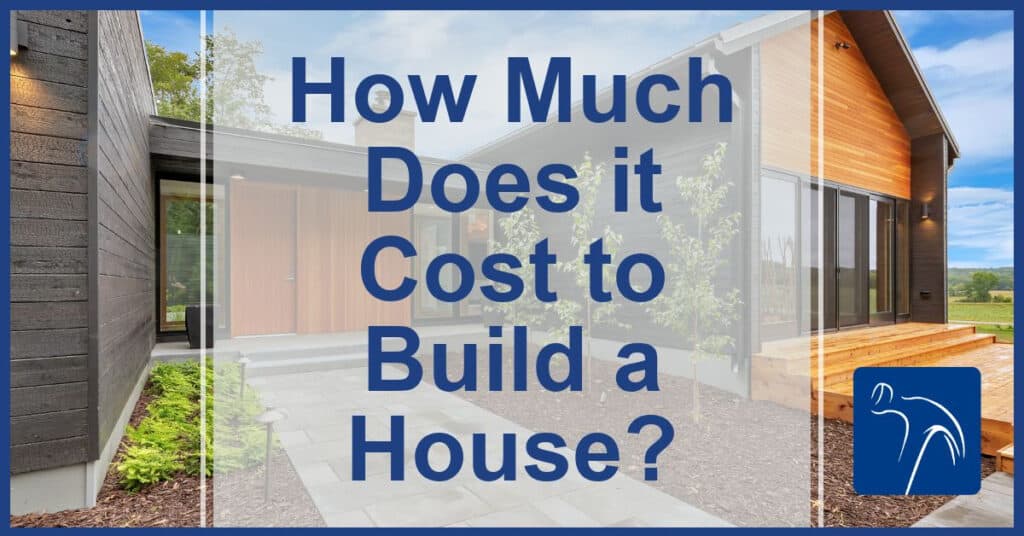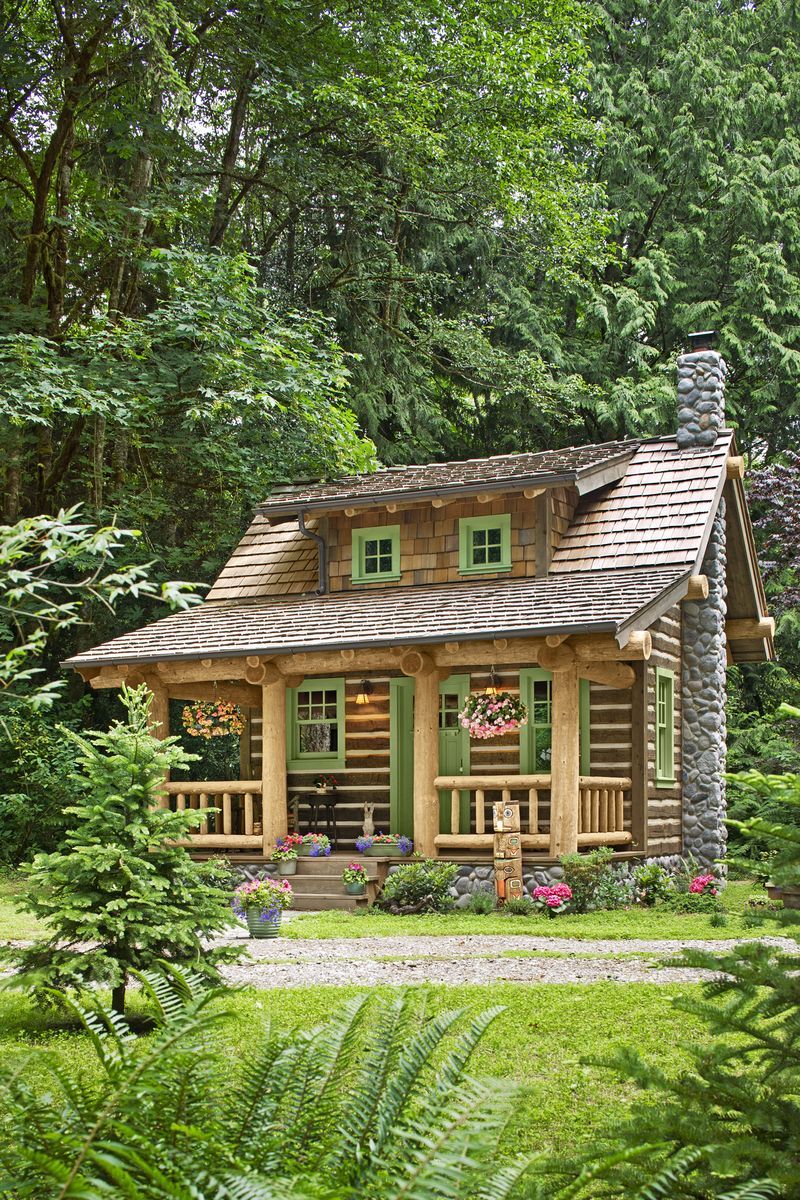

Make sure you check what restrictions and conditions may be in place already, before you go too far down the land purchase road. Obviously the local planning authority will have significant input on the design and scale of your planned development. So don’t think the size of the dwelling will necessarily affect the cost per sq m, that’s why it’s risky to just rely on costing your project on that basis. This one only cost circa £1,100 per sq m to build. The largest is a masonry house at 920 sq m (9,902 sq ft) on Teesside. In Hertfordshire this cost just under £2,000 per sq m to build. You can build to passive standards using pretty much any method of construction, but if you want to keep within budget, be very careful which path you choose.ĭon’t be mislead by the average GIFA either, the smallest project on the list was a masonry bungalow at just 42 sq m (452 sq ft). However, for those of you looking to build ‘super insulated’ or perhaps Passivhaus standard dwellings, large format panel systems or maybe ICF, would arguably be the most cost effective way to go. Fundamentally there’s little overall difference between them.

The only thing it actually tells us with any certainty is that masonry and standard timber frame construction are far and away the most popular methods of construction for self builders and timber frame seems to work out at just under 3.5% more expensive (from our sample of projects) – and remember there’s likely to be a higher input from family and friends on a masonry build that there is on a timber frame dwelling, so even that is a bit misleading.



 0 kommentar(er)
0 kommentar(er)
